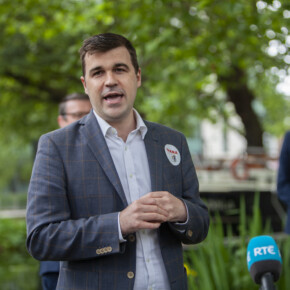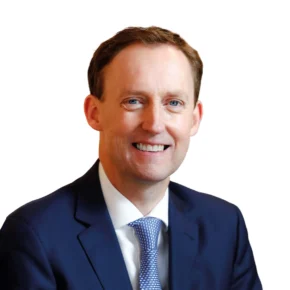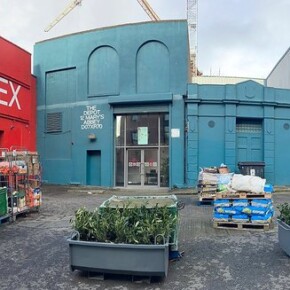Northside cancer statistics shocker
Dublin People 14 Nov 2014
NORTHSIDERS living in poorer areas are more likely to die from cancer, according to shocking figures revealed last week.
Death rates are as high as 381 per 100,000 in parts of Blakestown, Dublin 15, almost triple the rate of Castleknock South-Eash where the figure is 128 per 100,000.
Rates in Blanchardstown North (310 per 100,000) and Ballymun East (265 per 100,000) are also cause for concern says the Irish Cancer Society (ICS), which is calling for the issue to be tackled as a priority.
The statistics were presented at the society’s annual Charles Cully Lecture on November 11 and were taken from by a new map of cancer death rates. The map was compiled by Dr Jan Rigby and colleagues from the Centre for Health Geoinformatics at NUI Maynooth as part of a project funded by the Health Research Board.
The ICS says it wants to close what it describes as “the cancer gap”.
“Cancer affects all parts of Irish society but some people are more at risk than others and where you live has a huge influence on this,” explained Kathleen O’Meara of the ICS.
“Unfortunately, the more deprived the area, the higher the risk of a person getting and dying from cancer.”
The ICS points out that some deprived areas in Dublin don’t have enough primary care resources. In North Dublin there’s just one GP for every 2,500 people, compared to a ratio of 1:1600 nationally.
The problem for poorer areas is also compounded by increased A& E and prescription charges and figures show that every person in Ireland now pays, on average, around Ã?100 in additional costs for accessing healthcare and prescribed drugs.
Data recently collated by the Centre for Ageing Research and Development in Ireland showed that during the recession (2008-2012) the richest got less rich by 16 per cent while the poorest got poorer by 28 per cent ñ widening the wealth gap even further.
“If we are serious about reducing the cancer rate we need to tackle this worrying divide,” said O’Meara.
“It is a challenge facing all of us ñ the policy makers, healthcare providers and the Irish Cancer Society. We must work now to begin to close this gap.”
Dublin West TD, Ruth Coppinger (SP), said the statistics epitomised the massive wealth inequality, which was worsened by years of austerity.
“The mortality rate from cancer in one part of Dublin West compared to another is almost three times as big,” she said. “Health Minister Leo Varadkar should urgently make a statement about what he intends to do about the outrage.
“If you can afford better food, a better environment and, most importantly, private health care you are more likely to receive treatment for cancer in a timely manner.
“Whereas if you are relying on a public health system – gutted by six years of austerity cuts and bursting at the seams – you will be left waiting for treatment.”
Deputy Coppinger also called for more anti-smoking measures.
Dublin West Sinn FÃ?in representative, Cllr Paul Donnelly, said he wasn’t surprised at the cancer rate statistics for his area.
“Unfortunately it has been well acknowledged by the medical profession that poverty and health are intrinsically interlinked,” he said.
“Access to health care in working class areas is a huge problem, especially for those on low incomes who are not eligible for medical cards but don’t earn enough to afford to properly look after their own health.
“In the Corduff area, it was announced that building work was due to start on the new primary care centre. It is now over six months and not a single brick has been laid and we are still looking at a green field site.”











